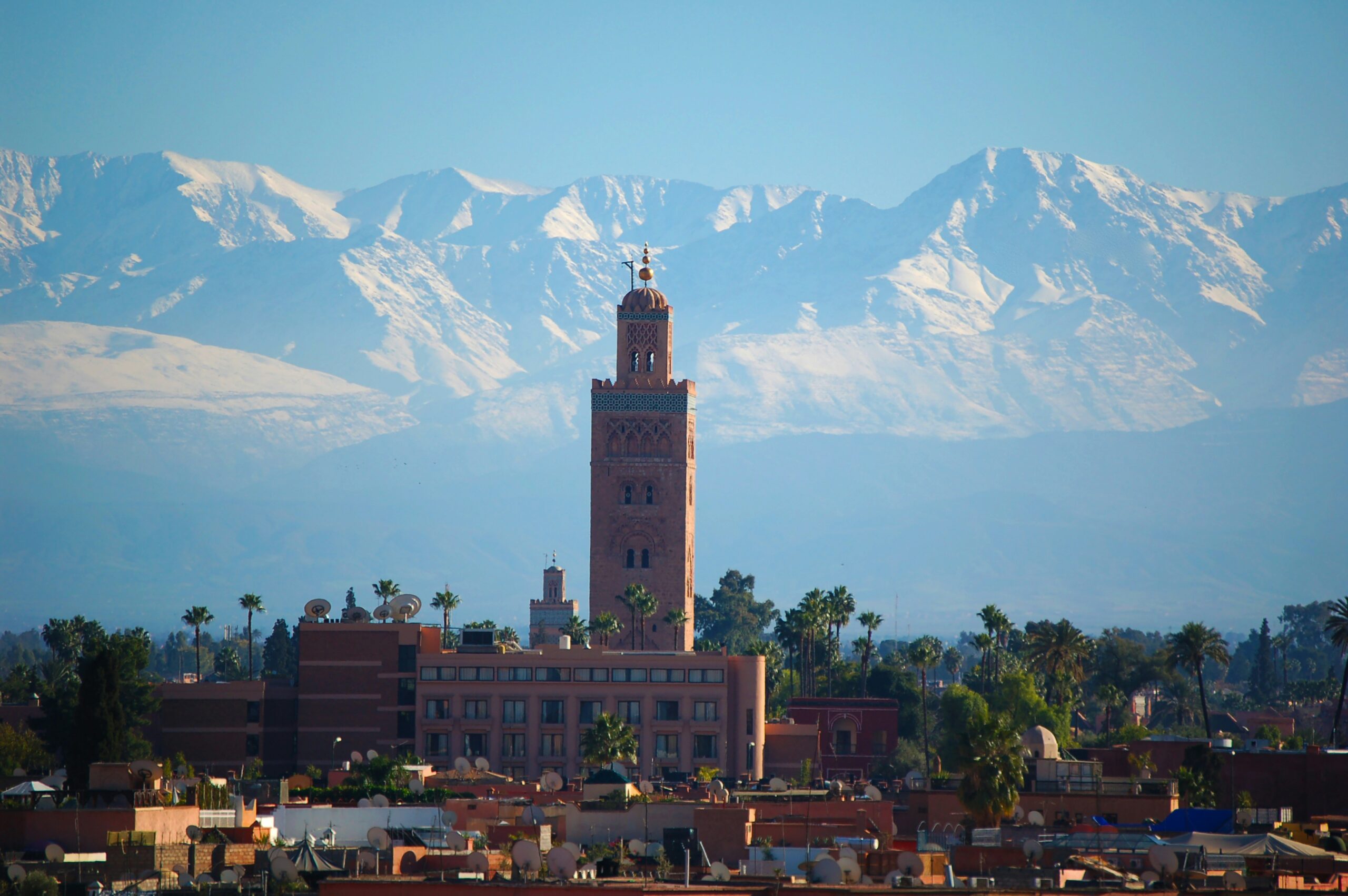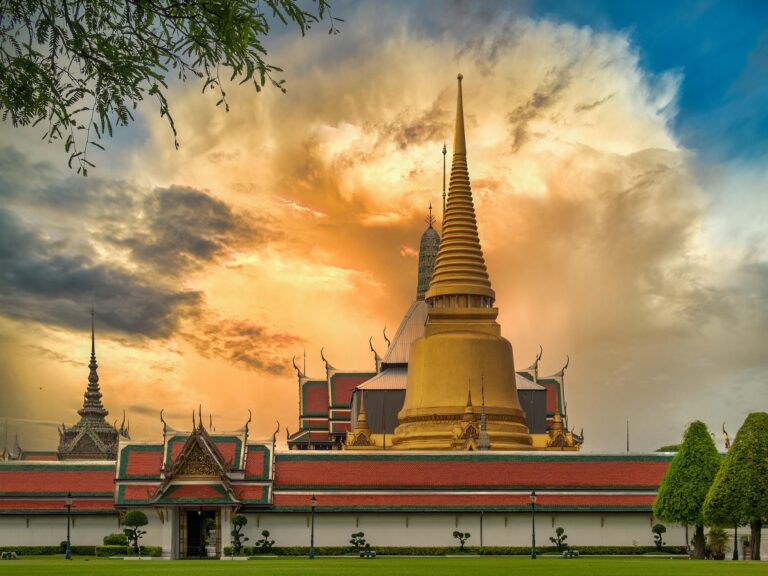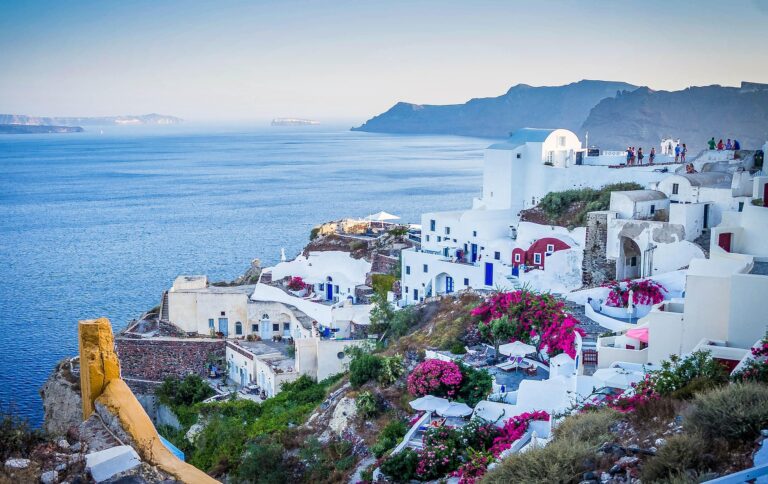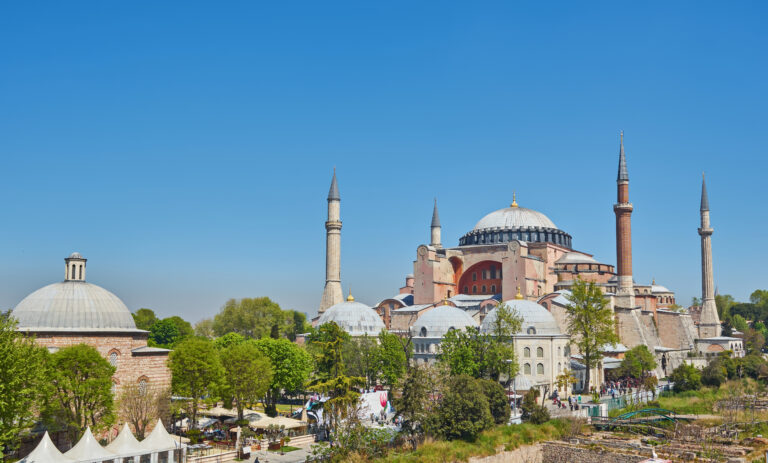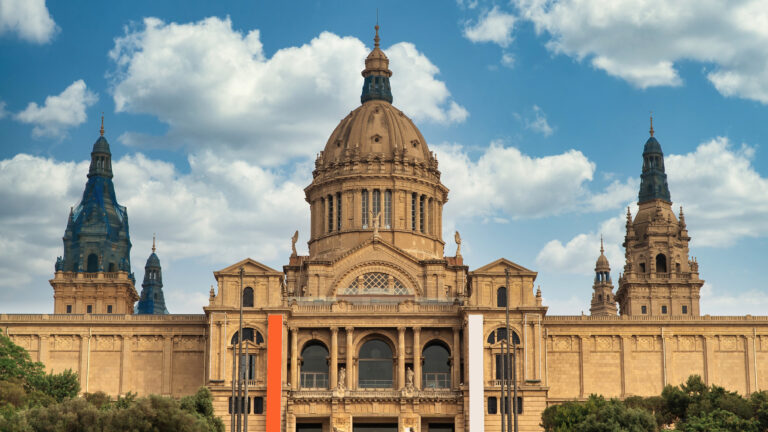Discover the Best Time to Visit Morocco
Morocco, a country known for its rich cultural heritage and diverse landscapes, offers a unique experience for travelers. From the bustling cities to the relaxing coastal beaches and the trekking routes through the Atlas Mountains, Morocco has something for everyone.

Understanding the Morocco weather is crucial for making the most out of your trip. The timing of your visit can significantly impact your experience, whether you’re looking to explore the vibrant souks, enjoy the serene beaches, or hike through the mountains.
Planning your trip to Morocco at the right time ensures that you make the most of your Morocco travel experience. With its diverse climate and rich cultural events, getting the timing right is key to a memorable visit.
Morocco: A Land of Diverse Experiences
Travelers to Morocco are spoiled for choice with the country’s diverse landscapes and cultural experiences. Morocco’s geography is as varied as it is breathtaking, ranging from the snow-capped Atlas Mountains to the warm waters of the Mediterranean Sea and the vast expanse of the Sahara Desert.
Geographic and Cultural Overview
Morocco’s diverse geography has given rise to a rich cultural heritage. The country’s strategic location at the crossroads of Africa, Europe, and the Arab world has made it a melting pot of cultures. From the bustling souks of Marrakech to the historic cities of Fez and Meknes, Morocco’s urban centers are hubs of cultural and historical significance.
Why Timing Matters for Your Moroccan Adventure
The timing of your visit can significantly impact your Moroccan adventure. Weather conditions, festival seasons, and tourist traffic all vary throughout the year, affecting the quality of your experience. Understanding these factors is crucial to making the most of your trip.
What Makes Morocco a Unique Destination
Morocco’s unique blend of Arab, Berber, and French influences sets it apart from other destinations. This cultural diversity is reflected in its architecture, cuisine, and traditions, making Morocco a fascinating place to explore.
| Region | Cultural Experiences | Best Time to Visit |
|---|---|---|
| Marrakech | Vibrant souks, historic monuments | Spring (March to May) |
| Sahara Desert | Desert safaris, star gazing | Autumn (September to November) |
| Fez | Ancient medina, traditional crafts | Winter (December to February) |
Best Time to Visit Morocco
The best time to visit Morocco depends on various factors, including your preferences for weather, crowd levels, and activities. Understanding these elements can help you plan a more enjoyable and stress-free trip.
Peak Season vs. Off-Season Benefits
Morocco’s peak tourist season typically runs from March to October, with the highest demand during the summer months. Traveling during peak season offers warm weather and a wide range of activities, but it also means larger crowds and higher prices for accommodations and tourist services.
In contrast, the off-season (November to February) can be a more budget-friendly time to visit, with lower prices and fewer tourists. However, some attractions and businesses may be closed, and the weather can be quite cool, especially in the mornings and evenings.
- Peak Season Benefits: Warm weather, wide range of activities, vibrant cultural events.
- Off-Season Benefits: Lower prices, fewer crowds, a more relaxed atmosphere.
Weather Patterns Throughout the Year
Morocco’s climate varies significantly from north to south and from the coast to the desert. Generally, the country experiences a Mediterranean climate, with mild, wet winters and hot, dry summers.
The spring (March to May) and autumn (September to November) are considered the best times to visit, as the weather is mild and pleasant across most regions. Summer can be very hot, especially in the desert and inland areas, while winters can be cool to cold, particularly in the mountains.
Ideal Months for American Travelers
For American travelers, the ideal time to visit Morocco is during the spring (March to May) and autumn (September to November). These periods offer comfortable temperatures and a rich cultural calendar, with numerous festivals and events.
- March and April are great for enjoying the blooming landscapes and mild temperatures.
- September and October offer warm weather without the peak summer heat, making them ideal for exploring the desert and mountain regions.
By planning your trip during these periods, you can experience the best of Morocco’s culture, landscapes, and activities.
Spring in Morocco: March to May
Morocco in spring is a treat for travelers, with comfortable weather conditions and an explosion of natural beauty. As the country transitions from winter, the landscapes become even more vibrant, making it an ideal time to explore.
Weather and Temperatures
During spring, Morocco experiences mild temperatures, ranging from the mid-60s to mid-70s Fahrenheit (18-24°C). This pleasant weather makes it perfect for outdoor activities like hiking, sightseeing, and exploring the bustling markets.
Landscapes and Natural Beauty
Spring brings new life to Morocco’s diverse landscapes. The Atlas Mountains are particularly beautiful, with blooming almond trees and lush green valleys. The desert regions also start to bloom, offering a unique contrast to the usual arid scenery.
Spring Festivals and Events
Morocco celebrates various festivals during spring, including cultural events and music festivals. One of the highlights is the Marrakech Popular Arts Festival, which showcases local arts and traditions.
Best Spring Activities and Destinations
Some of the best activities during spring include hiking in the Atlas Mountains, visiting the blooming tulip fields, and exploring the vibrant cities like Marrakech and Fez. Spring is also an excellent time for desert adventures, as the temperatures are more manageable.
Summer in Morocco: June to August
Morocco in summer is a time of sweltering heat and exciting cultural experiences. While the temperatures soar, especially in the desert regions, there are numerous ways to enjoy your trip without letting the heat dampen your spirits.
Managing the Heat in Popular Destinations
Popular destinations like Marrakech and Fez can become extremely hot during the summer. To manage the heat, consider staying indoors during the peak sun hours, usually between 11 am and 3 pm. Many riads and hotels have cooling systems or pools where you can relax and cool off. Additionally, wearing light, breathable clothing and staying hydrated are essential to coping with the high temperatures.
Coastal Retreats and Mountain Escapes
For those looking to escape the heat, Morocco’s coastal towns and mountain regions offer a refreshing respite. Cities like Essaouira and Rabat benefit from a cooling ocean breeze, making them ideal summer retreats. Alternatively, the Atlas Mountains provide a cooler climate and opportunities for hiking and exploring traditional Berber villages.

Summer Cultural Experiences
Summer in Morocco is not just about the heat; it’s also a time for cultural experiences. Many festivals and events take place during these months, showcasing Moroccan music, dance, and art. For instance, the Essaouira Gnawa Music Festival usually occurs in June, attracting music lovers from around the world.
Is Summer Worth the Heat?
Despite the sweltering temperatures, summer can be a great time to visit Morocco if you’re prepared. The long days allow for extended exploration, and the cultural events provide a unique insight into Moroccan culture. With proper planning and precautions, you can have a memorable and enjoyable trip even during the hottest months.
Fall in Morocco: September to November
Autumn in Morocco brings a refreshing change, offering pleasant weather and a plethora of cultural experiences. As the summer heat dissipates, the country’s diverse landscapes become even more inviting, making fall an ideal time to explore Morocco’s many wonders.
Weather Conditions and Crowd Levels
The fall season, spanning from September to November, is characterized by mild temperatures across Morocco. Daytime temperatures are warm, while evenings can be cool, especially in the desert and mountain regions. The weather is generally sunny, making it perfect for outdoor activities and sightseeing. Moreover, the crowds that throng the popular destinations during the peak summer months have thinned out, allowing for a more relaxed and peaceful experience.
Harvest Season Experiences
Fall is the harvest season in Morocco, and it’s a great time to experience the country’s agricultural bounty. Visitors can participate in the olive harvest in the regions of Meknes and Fes, or enjoy the date harvest in the oases of the Sahara Desert. The harvest season is not just about the produce; it’s also a time of celebration and festivity, offering a glimpse into the local culture and traditions.
Fall Festivals and Events
Morocco celebrates several festivals during the fall, showcasing its rich cultural heritage. One of the notable events is the Marrakech International Film Festival, which attracts filmmakers and cinema enthusiasts from around the world. Additionally, various local festivals and fairs take place in different parts of the country, celebrating the harvest and the changing of the seasons.
Photography Opportunities in Autumn
The autumn landscape in Morocco offers numerous photography opportunities. The changing foliage, especially in the Atlas Mountains, provides a picturesque backdrop. The vibrant colors of the souks and the golden hues of the countryside are also captivating subjects. Photographers can capture the beauty of the natural landscapes, the bustling markets, and the cultural festivities, making for a diverse and enriching photography experience.
| Region | Average Temperature (°F) | Main Attractions |
|---|---|---|
| Marrakech | 75-85 | Marrakech International Film Festival, Souk exploration |
| Atlas Mountains | 60-75 | Hiking, Olive harvest |
| Sahara Desert | 70-80 | Date harvest, Desert safaris |
Winter in Morocco: December to February
The winter season in Morocco, from December to February, brings a range of temperatures and experiences across the country. This period is characterized by cooler temperatures in the mountains and mild conditions in the coastal areas, making it an interesting time to visit.
Temperature Variations Across Regions
Morocco’s diverse geography means that temperatures can vary significantly across different regions during winter. The Atlas Mountains can be quite cold, with temperatures often dropping below freezing, while the coastal towns like Casablanca and Rabat remain mild, with average temperatures ranging from 45°F to 65°F (7°C to 18°C). The desert regions experience cooler nights but still enjoy warm days.

Winter Activities and Experiences
Winter is an excellent time for various activities in Morocco. The Atlas Mountains offer great skiing opportunities at resorts like Oukaïmeden and Mischliffen. Meanwhile, the mild coastal towns are perfect for relaxation and exploring local culture. Visitors can also enjoy hiking in the mountains or exploring the desert landscapes without the harsh summer heat.
Holiday Celebrations and Winter Festivals
Winter in Morocco is also a time for festive celebrations. The country observes international holidays like New Year’s Eve, and there are various cultural events and festivals, especially around Christmas and the New Year. These celebrations add to the vibrant atmosphere, making winter a great time to experience Moroccan culture.
Budget Benefits of Winter Travel
One of the significant advantages of visiting Morocco in winter is the budget benefits. With it being the low season for tourism, visitors can enjoy lower prices for accommodations and tourist services. This makes it an attractive time for travelers looking for a more affordable Moroccan experience without compromising on the quality of their trip.
Overall, winter offers a unique and budget-friendly opportunity to explore Morocco, enjoying both its natural beauty and cultural richness.
Regional Climate Guide: Where to Go When
Morocco’s diverse geography means that different regions have distinct climate conditions, making it crucial to plan your trip according to the best time to visit each area. Understanding these regional variations can help you make the most of your Moroccan adventure.
Coastal Cities
Cities like Casablanca, Rabat, and Essaouira have a Mediterranean climate, characterized by mild winters and warm summers. The best time to visit these coastal cities is during the spring (March to May) or autumn (September to November), when the weather is pleasant and there are fewer tourists.
Imperial Cities
Marrakech, Fez, and Meknes are known for their rich history and cultural heritage. These cities experience hot summers and mild winters. The ideal time to visit is during the spring or autumn, avoiding the peak summer heat.
Desert Regions
The Sahara Desert, Merzouga, and Zagora are characterized by extreme temperatures, very hot during the day and cold at night. The best time to visit these areas is during the winter months (December to February) for more comfortable temperatures, or early morning and late afternoon during other seasons to avoid the heat.
Mountain Areas
The Atlas Mountains and Chefchaouen offer cooler climates, making them ideal escapes during the hot summer months. Winters can be cold, especially at higher elevations, so it’s best to visit during the spring or autumn for hiking and outdoor activities.
Optimal Timing for Multi-Region Itineraries
For travelers planning to visit multiple regions, spring (March to May) and autumn (September to November) are generally the best periods. These seasons offer a balance of comfortable temperatures across the different regions, making it easier to explore Morocco’s diverse landscapes and cultural sites without the extreme weather conditions.
By understanding the climate conditions of each region, you can plan a more enjoyable and stress-free trip to Morocco. Whether you’re interested in exploring the coastal cities, imperial cities, desert regions, or mountain areas, timing your visit according to the regional climate will enhance your overall experience.
Traveling to Morocco Based on Your Interests
With its rich cultural heritage and diverse landscapes, Morocco is an ideal destination for various types of travelers. Whether you’re looking to immerse yourself in history, seek adventure, or simply enjoy quality time with family, Morocco has something for everyone.
For Cultural Enthusiasts and History Buffs
Morocco is a cultural melting pot, offering a wealth of historical sites and cultural experiences. Visit ancient medinas, explore historic cities like Marrakech and Fez, and marvel at the architectural wonders such as the Bahia Palace and the Koutoubia Mosque. The best time to experience Morocco’s cultural richness is during the spring (March to May) and fall (September to November), when the weather is pleasant and crowds are manageable.
For Adventure Seekers and Outdoor Lovers
For those seeking adventure, Morocco’s diverse landscapes offer endless opportunities. Explore the Sahara Desert, trek through the Atlas Mountains, or surf the waves in Taghazout. The spring and fall seasons are ideal for outdoor activities, with comfortable temperatures and fewer tourists than the peak summer months.
For Families with Children
Morocco is a family-friendly destination, with plenty of activities to keep children entertained. Visit interactive museums, take a camel ride in the desert, or relax on the beaches of Essaouira. The summer months (June to August) are perfect for families, with warm weather and school vacations aligning with the peak tourist season.
For Culinary Explorers
Moroccan cuisine is a delicious blend of Arab, Berber, and Mediterranean flavors. Savor traditional dishes like tagine, couscous, and pastilla, and explore local markets for fresh produce and spices. The best time to enjoy Morocco’s culinary delights is during the fall, when the harvest season brings fresh flavors and ingredients to the table.
For Photography and Instagram Enthusiasts
With its vibrant colors, intricate architecture, and stunning landscapes, Morocco is a photographer’s paradise. Capture the beauty of bustling souks, the tranquility of the desert, and the majesty of the mountains. The golden light of sunrise and sunset provides ideal conditions for photography throughout the year.
By tailoring your trip to your interests and preferences, you can make the most of your Moroccan adventure. Whether you’re drawn to culture, adventure, family fun, culinary delights, or photography, Morocco has something special to offer.
Practical Travel Tips for American Visitors
Before embarking on your Moroccan journey, it’s essential to grasp some practical travel tips tailored for American travelers. Understanding the nuances of traveling to Morocco can significantly enhance your experience, ensuring that your trip is both enjoyable and stress-free.
What to Pack Based on When You Visit
Packing appropriately for Morocco depends largely on the season of your visit. For spring (March to May) and autumn (September to November), comfortable clothing and layers for cooler evenings are recommended. In summer (June to August), light, breathable clothing and sun protection are crucial, while winter (December to February) requires warm clothing, especially for the cooler mornings and evenings.
Flight Options and Travel Time from Major US Cities
Several major US cities offer direct or connecting flights to Morocco. American Airlines, Delta, and Royal Air Maroc are among the airlines that provide services. Travel time varies; for instance, a direct flight from New York to Casablanca takes approximately 7 hours, while flights with connections can take longer.
Accommodation Availability and Pricing Trends
Morocco offers a wide range of accommodations, from luxury riads to budget-friendly hostels. Prices tend to be higher during peak season (summer and holidays). Booking in advance is advisable to secure the best rates, especially in popular destinations like Marrakech and Fez.
Health and Safety Considerations by Season
Health and safety considerations vary by season. Summer heat requires hydration and sun protection, while winter months may necessitate precautions against cooler temperatures, especially in the mountains. Staying informed about local health guidelines is always a good practice.
Visa and Entry Requirements
American citizens do not need a visa for tourism stays up to 90 days. Ensure your passport is valid for at least six months beyond your planned departure date. It’s also wise to have proof of onward travel and sufficient funds for your stay.
Conclusion: Making the Most of Your Moroccan Journey
Planning a trip to Morocco requires careful consideration of the best time to visit, as the country’s diverse regions offer unique experiences throughout the year. Understanding the optimal timing for your Morocco travel can make all the difference in creating an unforgettable adventure.
Whether you’re drawn to the vibrant culture, stunning landscapes, or rich history, Morocco has something to offer every traveler. By choosing the right time to visit, you can enjoy comfortable temperatures, avoid crowds, and take advantage of exciting festivals and events.
With the insights gained from this guide, you’re now equipped to make informed decisions about your Moroccan journey. From the bustling cities to the serene desert landscapes, Morocco’s diverse charm awaits your discovery. So pack your bags, and get ready to immerse yourself in the magic of Morocco.

